A failed component in the exhaust system can set a check engine light, reduce fuel economy, make your car noisier, and negatively affect vehicle inspections.
When it comes to maintaining your vehicle, the exhaust system is usually one of the last things most people think about, but failing to catch a problem with the exhaust can affect how your car drives, how it sounds, and even if it passes state inspections. Here’s what you need to know about your car’s exhaust system to keep your car running smoothly and efficiently.
What Is a Car Exhaust System?
As with any system in your car, the exhaust system consists of numerous parts. Below is a list of all of the key components to check.
Exhaust manifold: The exhaust manifold bolts directly to the engine, and it is made up of multiple tubes that merge together to attach to the rest of the exhaust system. On performance vehicles, exhaust headers are used in place of a manifold, and the key difference is that headers have equal length tubes.
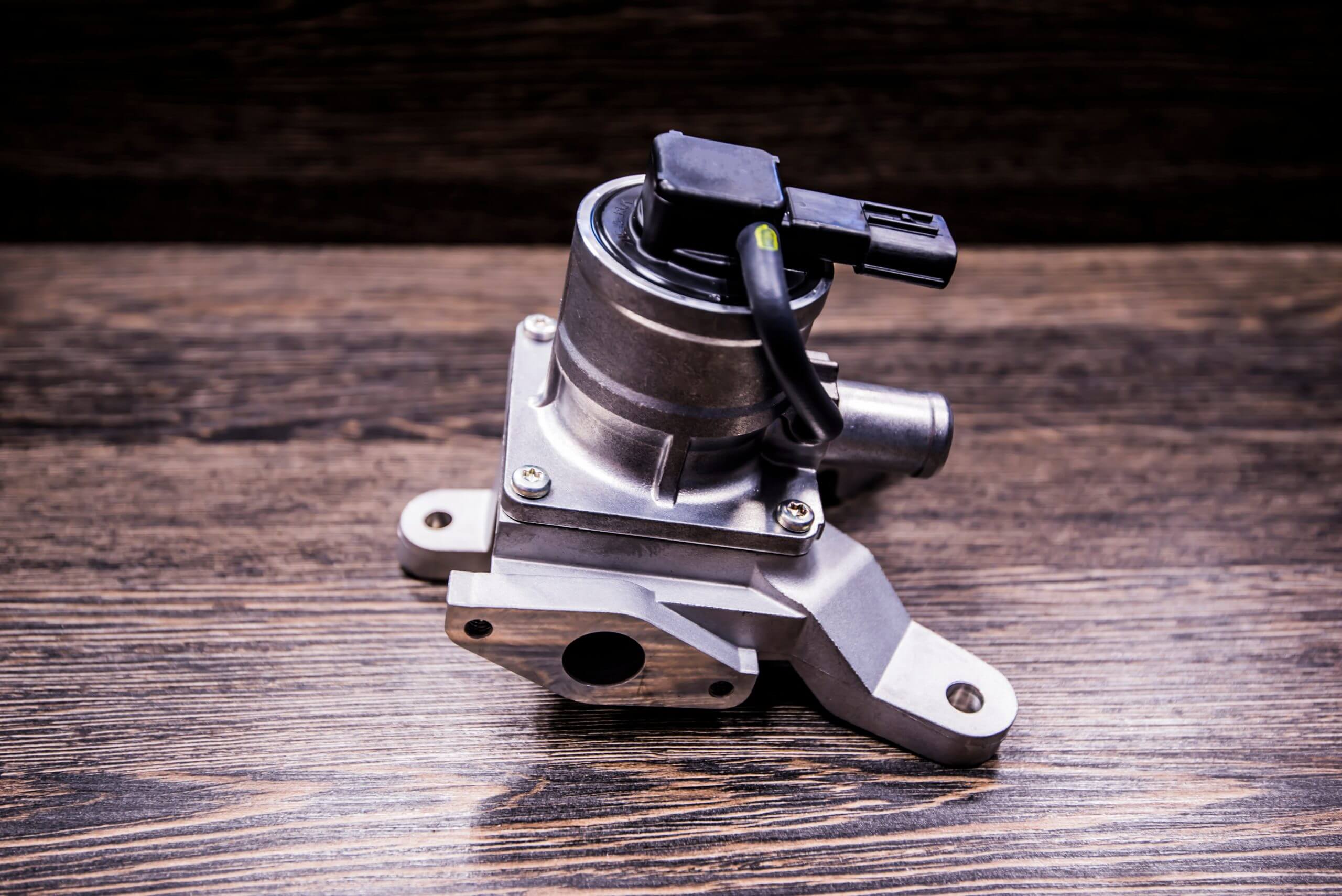
Exhaust gas recirculation valve: The exhaust gas recirculation valve (or EGR valve) is a mechanical component that bolts to the engine and recirculates a portion of exhaust gases back into the combustion chamber lower exhaust gas temperatures and reburn some of the harmful smog-causing NOx gases.
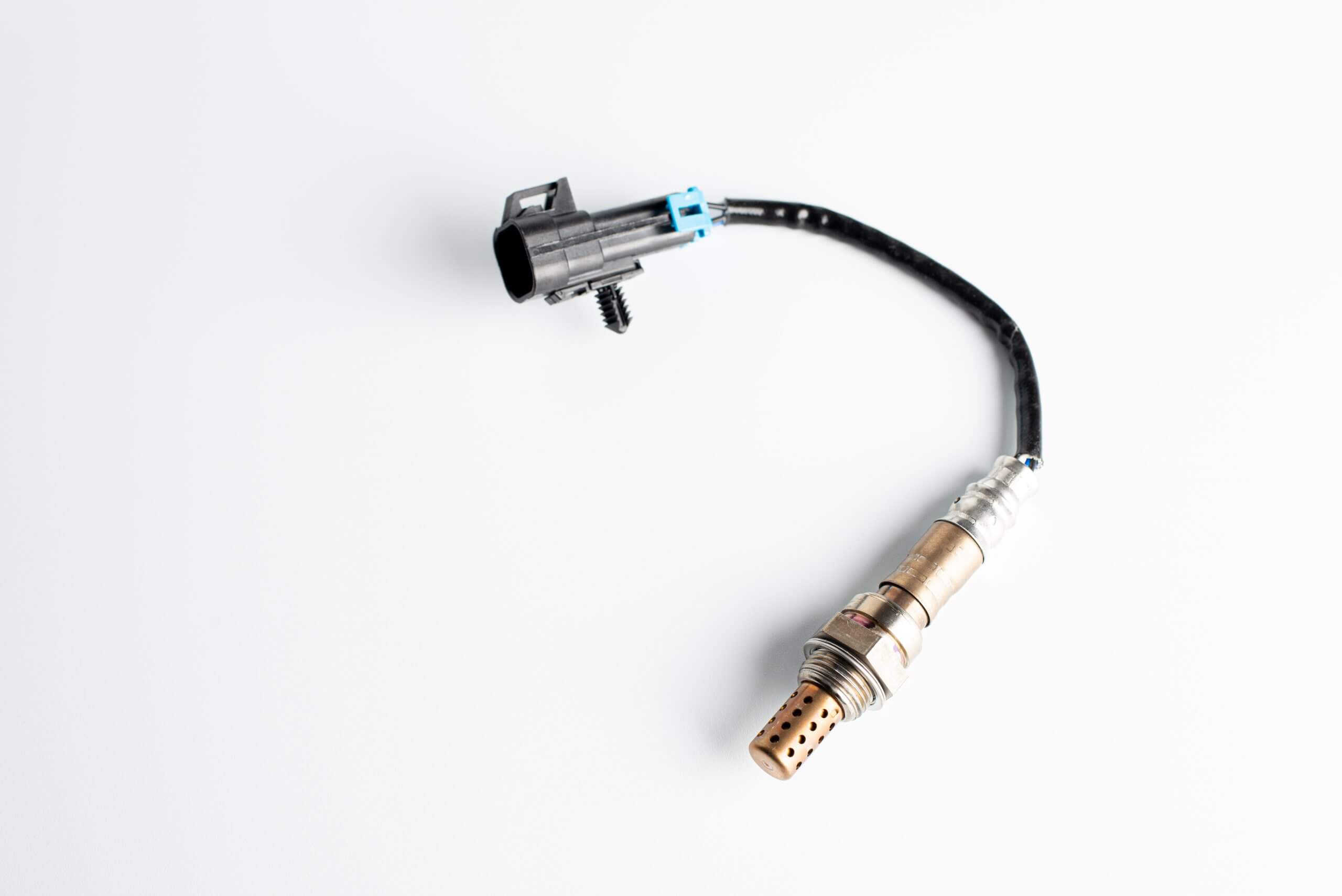
Oxygen sensor: The oxygen sensor (or O2 sensor) is an electronic sensor that bolts directly to the exhaust system, either at the manifold or somewhere further downstream, to monitor unburned oxygen levels in the exhaust gas. Too much unburned oxygen indicates a problem with the engine, which leads to excessive emissions and reduced efficiency.
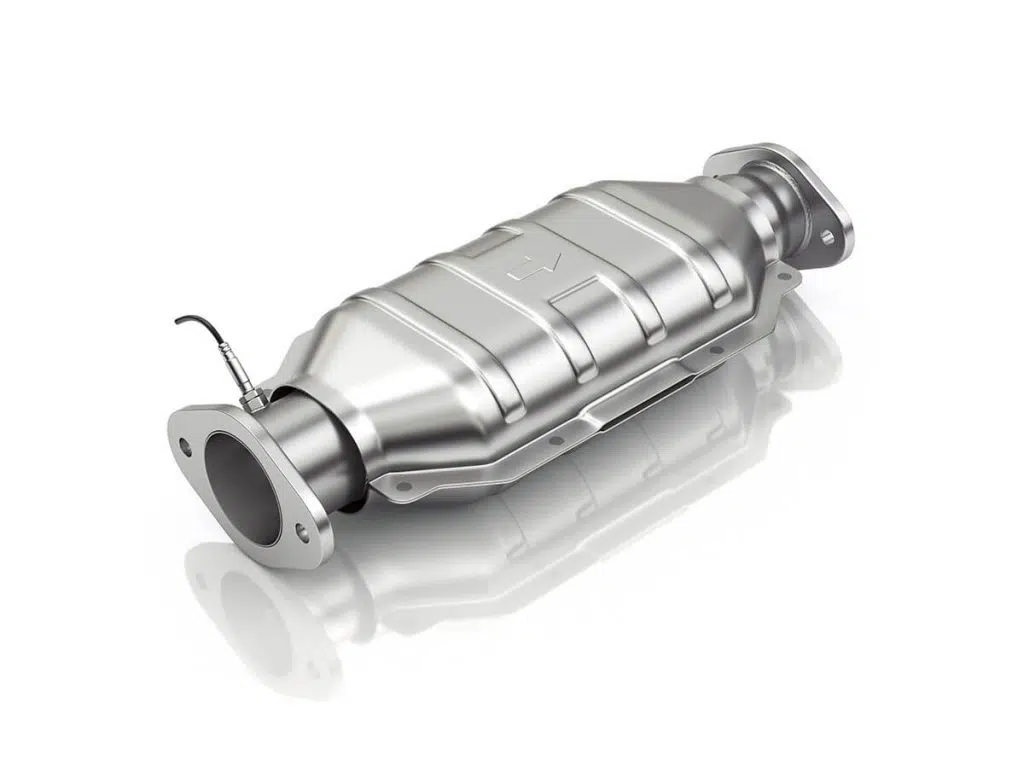
Catalytic converter: The catalytic converter is basically an air filter for the exhaust system reducing the level of harmful emissions coming from the tailpipe.

Muffler: As its name suggests, the muffler is used to control the noise of the exhaust system. While some mufflers make the engine sound quieter, some are installed (on performance cars and trucks) to add a sportier noise.
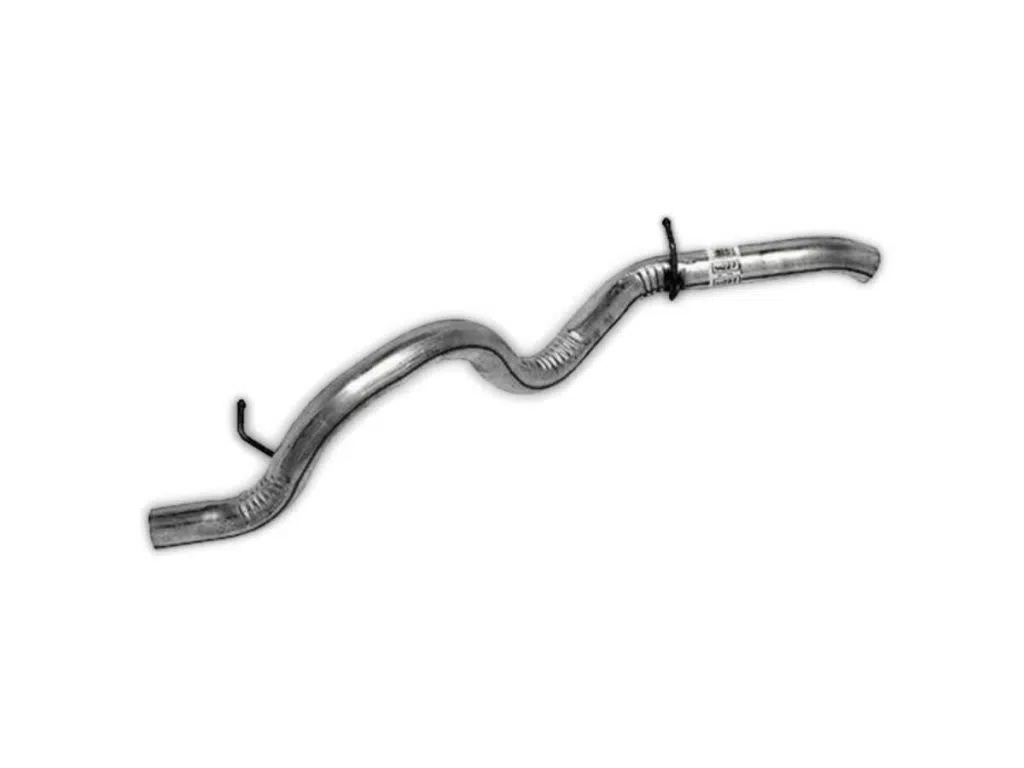
Exhaust tubing: The bulk of the exhaust system consists of metal tubing that has been precisely bent and positioned to fit the exact vehicle. The diameter of this tubing varies depending on the type of vehicle, but performance vehicles have larger diameter exhaust tubing to allow the engine to “exhale” easier.
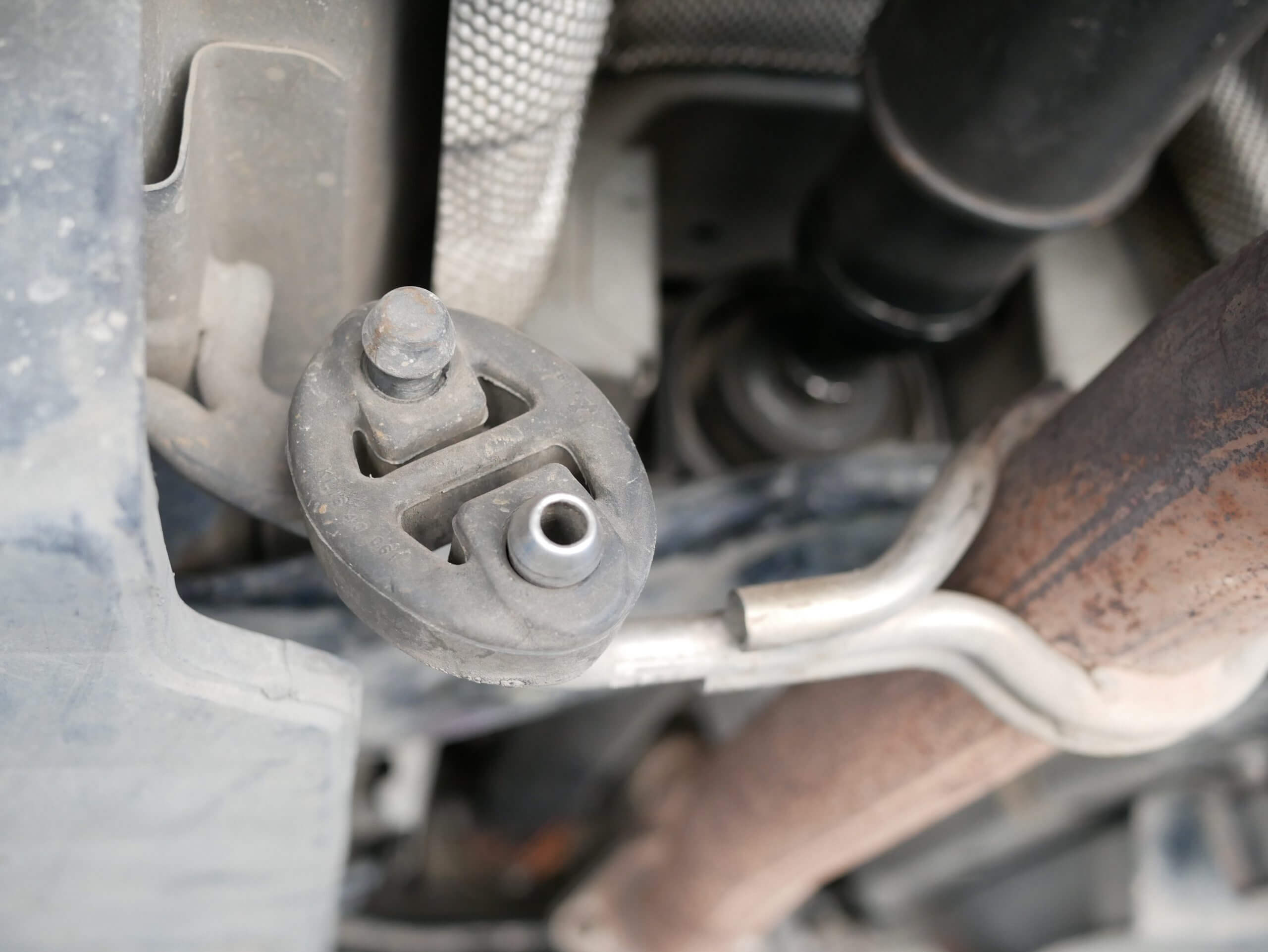
Exhaust clamps and hangers: When performing an exhaust system inspection, don’t overlook the various clamps and hangers. A loose clamp can lead to an easily repairable exhaust leak, while a damaged hanger can allow the exhaust to scrape on the ground.
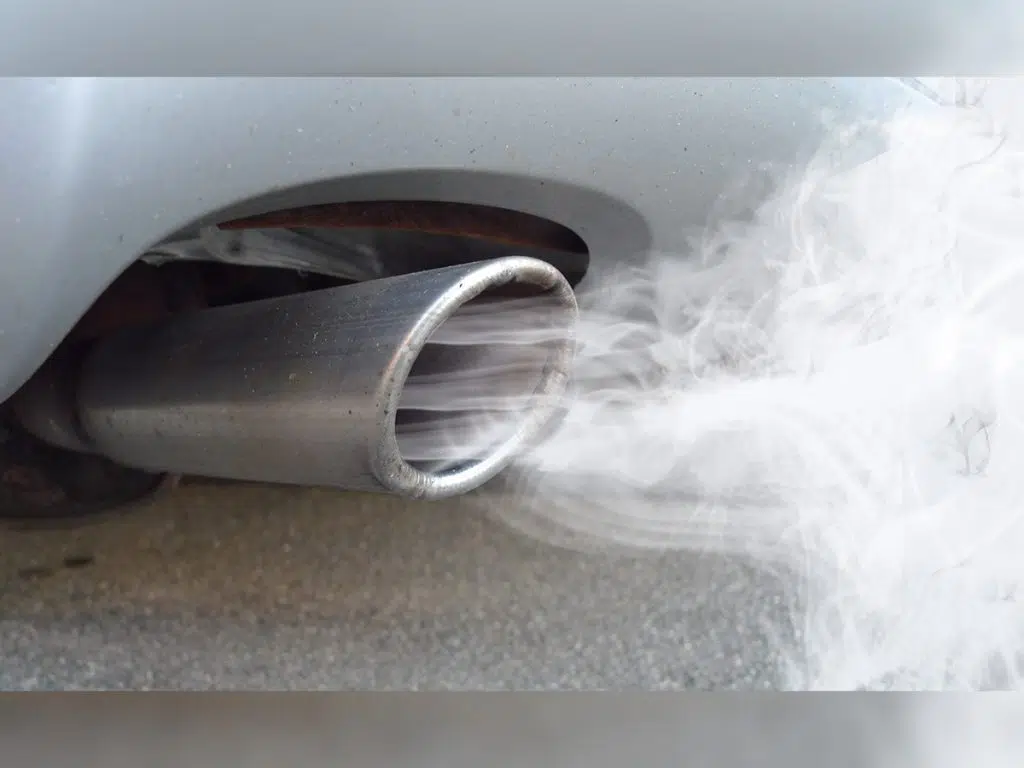
Exhaust outlet: To many people, the exhaust outlet might seem useful only for customizing the look of a car, but to the trained DIYer, the exhaust outlet is where you can look for a quick diagnosis of an engine problem.
How Does The Exhaust System Work?
Just like the human body, internal combustion engines must be able to breathe in order to operate properly, and your car’s exhaust system is exactly how the engine exhales. In its simplest form, the exhaust system “exhales” when the exhaust valves open, releasing the air that has just gone through the compression and/or combustion cycle, which then exits out the exhaust pipe.
Of course, with the advanced emissions systems found in modern vehicles, the exhaust system is far more complicated in reality. The combination of the EGR valve (mounted on the engine), oxygen sensor (mounted on the exhaust pipes), and catalytic converter all help your engine breathe more efficiently. All three of these components are monitored by the engine computer, and can set a check engine light following a failure.
Aside from these components, the rest of the exhaust system exists to get exhaust gases away from the passenger compartment to prevent carbon monoxide from entering the vehicle. Most systems position a tailpipe at the rear of the car, while some performance vehicles use side-mounted exhaust systems.
What Is an Exhaust System Inspection and Why Is It Important?
If you’re inspecting your exhaust system due to a check engine light, then you will most likely need to focus on the EGR valve, oxygen sensor, or catalytic converter depending on the trouble code you are dealing with. Sometimes a disconnected plug or damaged wiring can lead to such an issue, and a simple inspection can save you money by not having to go to a repair shop or buy a new component. Even if you don’t have a check engine light on, it’s a good idea to inspect the exhaust system of your car every once in a while for damage and/or rust.
How Often Should I Have My Exhaust System Inspected?
If you live in the Rust Belt or near any body of salt water, then you should have your exhaust system inspected regularly. Most of the time, the exhaust system is visually inspected during routine maintenance, and an inspection shouldn’t cost anything to look at unless something is damaged.
Can I Inspect The Exhaust Myself?
Not only can you inspect the exhaust system yourself, but most DIY repairs are easy to perform. If you’re just doing a visual inspection, all you need to do is access the underside of the vehicle to check the condition of the exhaust system’s components. If you notice an exhaust leak and you’re attempting to locate the source of the noise, take extra precautions when crawling underneath a vehicle while it’s running as you could get burned by the exhaust system or injured by moving engine parts. As always, practice proper safety whenever jacking up a vehicle.
What Components Need to Be Inspected on the Exhaust System?
The most common reason that you’ll need to inspect your exhaust system is if you have a check engine light on. If you have a check engine light on for an EGR valve or an oxygen sensor, try inspecting the part first before replacing it. In some cases, cleaning the ports of an EGR valve can remedy a DTC as could inspecting the wiring and connectors for an O2 sensor instead of replacing the sensor.
Sometimes inspecting the exhaust system can prevent future issues. If you notice that your catalytic converter is rattling, for example, this is a sign that the component could fail. If the internal parts of the converter break free and clog the exhaust system, this could lead to increased fuel consumption, engine misfires, and even a stalled engine.
Exhaust Smoke Diagnosis
Checking the condition and appearance of the exhaust gas itself can also help diagnose engine issues. Excessive soot around the tailpipe is a sign that the engine is running too rich, a sweet smell from the tailpipe suggests the engine is burning coolant, and gray smoke could mean that your engine is burning oil.
Keep Your Car Breathing Easy with FIXD
If you have a check engine light on for EGR valve, oxygen sensor, or catalytic converter issues, get FIXD and download the free app today to keep your car running smoothly and legally. Keep in mind that in some states, passing an emissions test is required to get your vehicle registered.
Other Common Car Repair Costs Transmission oil change cost Car AC recharge cost Average cost for front brake job Cost to replace spark plugs Timing chain replacement

Lifelong automotive enthusiast with a soft spot for offroading. Wrencher turned writer, but I still love to tinker on just about anything with an engine. Dream car: tie between a ‘71 Hemi ‘Cuda and a ’91 GMC Syclone. #GirlDad #SaveTheManuals














